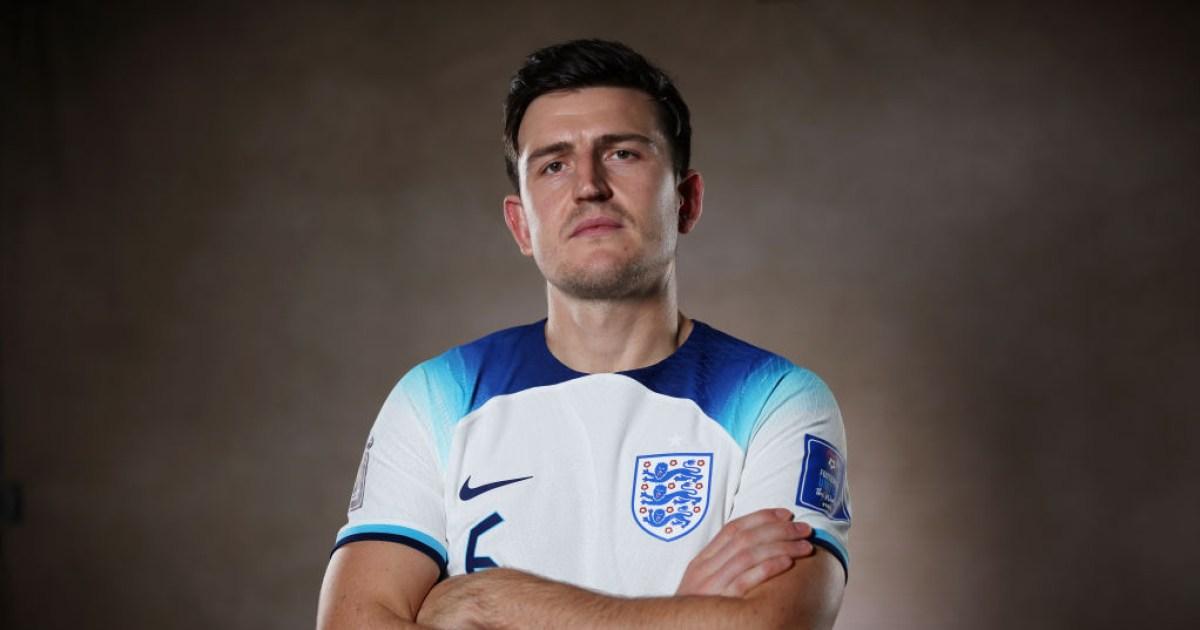After 30 years of research, it’s still a mystery why women footballers are five to eight times more likely to suffer a career-threatening anterior cruciate ligament (ACL) injury than their male counterparts.
For physicians such as Joan Carles Monllau, one of Europe’s top orthopaedic surgeons who has operated on double Ballon d’Or winner Alexia Putellas’s ACL injury, as well as Barcelona men’s star Gavi and many other top players, biology remains the determining factor in why women are more prone to ACL injuries.
Putellas, a key player for both Barcelona and Spain, spent almost a year on the sidelines after being injured in July 2022. Gavi, who was injured in November in a Spain Euro qualifier against Georgia, will miss the rest of the season. For many players it will take a whole year to get back to full fitness. Elsewhere Sam Kerr, Chelsea’s star forward, is on the long road back after her ACL injury in January.
“These injuries are common in sports that require players to stop suddenly while rotating their body,” Monllau tells the Guardian, and adds that in this respect women are at a disadvantage. Whether through training or a process of selection, many successful male footballers are bow-legged. “Women not only have a wider pelvis, their legs are straighter and this makes them more prone to this sort of injury, especially landing from a jump,” Monllau says.
He also emphasises the influence of the menstrual cycle. “We know that during peaks in the menstrual cycle there is rise and fall in hormones which creates slackness in the ligaments and makes injury more likely,” he says.
Several football clubs are now focusing on menstruation as a key issue in avoiding ACL injuries. Barcelona are one of many clubs who are monitoring each player’s cycle with a view to adjusting their training regime accordingly.
Others, however, argue that it is not all down to biology, that there are other, broader social issues in play too. Joanne Parsons, co-author, of an influential article in the British Journal of Sports Medicine on a gendered approach to ACL injuries, dismisses this approach saying “there’s absolutely no evidence to suggest that changing training based on what part of your cycle you’re in is a real thing”.
She adds: “We’re fighting hundreds of years of this medical belief that women’s biology is to blame. We’re not discounting biology, we’re saying environment is part of the puzzle. There are gendered influences at every level from top to bottom, no matter how much money there is.”
As women now play in as many competitions as men and as the game becomes faster and more physical, fitness is key to avoiding injury. But from boys hogging the playground to the intimidatingly male atmosphere in the gym weights room, many say girls are put at a disadvantage.
Lucía Martínez, the physical trainer for the women’s first team at Club Esportiu Europa in Barcelona, , echoes that view. “If you look at kids in the school yard at break time, how many of the girls who play here, play football there, too?
“The fact that girls do less sport before and then suddenly start playing football, a highly complex, multidirectional sport, is an issue. Boys have a significant advantage specifically because they are encouraged to play sports and girls aren’t.”
after newsletter promotion
It isn’t just a case of physical fitness, Martínez says, but of the spatial awareness that comes from playing from an early age. Most ACL injuries, for both men and women, occur not from contact but from awkward movements, often caused by sudden changes in the direction of play or landing badly after a jump.
Back in 2006, Fifa introduced the Fifa 11+ injury prevention programme, a 20-minute warm-up specifically designed to ward off ACL injuries. Numerous studies have shown that specifically-tailored resistance training is the most effective way to prevent ACL injuries. However, it seems that many trainers and players in the lower divisions are unaware of it or are unwilling to devote 20 minutes to warming up. “Here in Spain, trainers don’t like training without the ball,” Martínez says. “They only want to dedicate around 10 minutes to the warm-up.”
Monllau, while citing biology as the key element, accepts that there are other factors for the injury among female players too, such as the quality of pitches, types of boots and studs and increasing pressure as the women’s game becomes both more popular and demanding.
Kike Jordán, former physiotherapist with first division Levante Las Planas, is in no doubt that the high injury rate stems from a lack of resources. “Many players are studying or working, they don’t have enough money to follow a good diet or time to rest,” he says. “For these players there are other risk factors on an emotional level, or in regard to rest or stress, much more so than players in the English [Women’s] Super League [whose average salaries are double that of those in Spain].”
“I like to say that it is sexism, not sex, that is the risk factor for injury,” says Sheree Bekker, associate professor in the department of health at the University of Bath. “Rather than focusing on hips and hormones, flipping the script in this way can help us understand why women are experiencing more injuries, and how we can begin to prevent them more effectively.”







